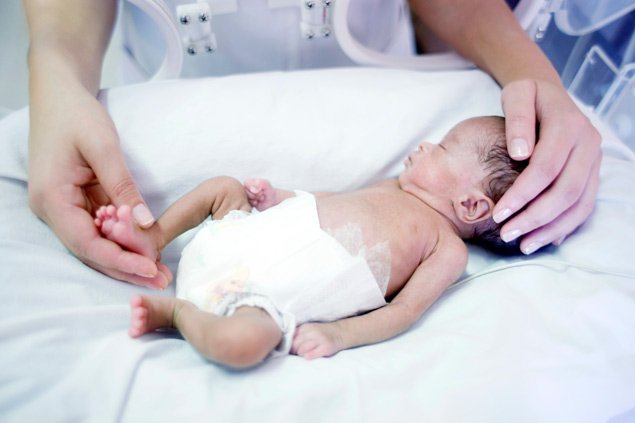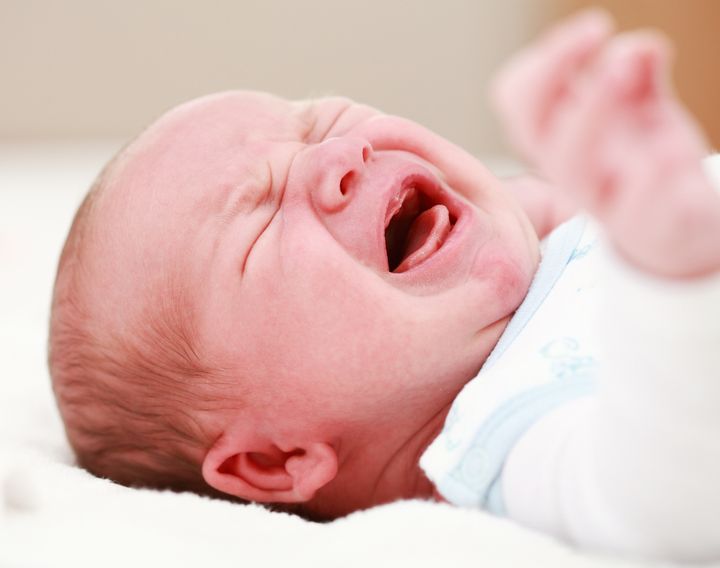A virtually painless circumcision may be just what your baby needs
It has had quite a bit of publicity, but not widespread acceptance by the American Academy of Pediatrics and the American Medical Association. Since 1965, the procedure is available to Japanese male newborns. It is done with local anesthesia in an out-patient facility with hospital supervision. The risk of infection is not increased over time, although the wound may look slightly swollen for several days.
The traditional mogen-clamp
Also known as a clamp, is the only tool for this procedure in most cases. This clamp is used to clamp down over the glans penis in the area between the scrotum and the base of the penis. Although this procedure is considered the most safe for newborns, some practitioners doubt its ability to provide painless circumcision. A clinic that uses a mogen-clamp must be licensed by each state in which it is located. The procedure cannot be performed on minors. Before a child receives anesthesia, they must be accompanied by their parents or legal guardians.
I met two different doctors in two cities while I was researching accredited clinics in the North America region. Both doctors were excited about the results they had seen. The first doctor was a board-certified male gynecologist. He had been performing genital cutting procedures in a small private clinic for a few decades. He was very excited about the potential of a painless circumcision. According to him, he didn’t see any complications during the circumcision of his baby.
The second doctor was an experienced neonatologist at a respected hospital in the city. Before going to a larger facility, he had performed many procedures in an anesthetic clinic. He was unable to give statistics on painless baby cutting, but he was very impressed by the care at the North American facility. He compared the care provided to him with the anesthesia services he had seen before.Painless melbourne circumcision, a relatively new technique in neonatal medicine, is now available.

Both doctors agreed that safety is the most important benefit to a painless procedure that is performed by a trained medical professional. For routine infant circumcision procedures, doctors recommend that parents choose a medical facility with a mogen-clamp and local anesthetic. These items are intended to reduce pain and stress associated with routine infant circumcision. Additionally, the doctors strongly recommended that you leave the decision up to your physician since they have the experience necessary to give you the best care possible.
In my experience, almost every doctor located in North America is fully equipped to perform a completely painless procedure when it is performed in the right setting. There are only a few clinics in the world that actually do not have these items. You can find many doctors who are able perform painless circumcisions if you travel to any city around the globe. It is important to note that many countries in Europe, including those that are covered by the Red Cross and other major medical organizations, provide high-quality care for circumcisions. These organizations offer such care without causing pain and are a testament to the skill required to perform them.
The doctors I spoke with didn’t believe that complications were a concern.
The typical procedure was to examine the baby and then apply local anesthetic to the penis. With the foreskin still attached, he would then use clamps to quickly and efficiently remove the foreskin. This procedure would not cause any pain, as you can see. Parents who are considering having their baby circumcised should be aware of this fact. A painless circumcision is a possibility for a few lucky parents, but most parents would be satisfied with the outcome.
I do know that parents who choose to have their child circumcised would be doing their baby a great service. There has been a lot of research on the topic of phimosis. The vast majority of it shows that children who are healthy have no increased risk of contracting the disease. While it is true that there is a reduced risk of acquiring a urinary tract infection while the child is intact, this risk generally decreases to zero by the age of two. Although there may be some reddening or soreness around the area where the child had their foreskin removed, these will fade over time. Additionally, a child who has never experienced a diaper change is at a significantly lower risk of contracting phimosis than that of a child who has gone through this procedure several times.

